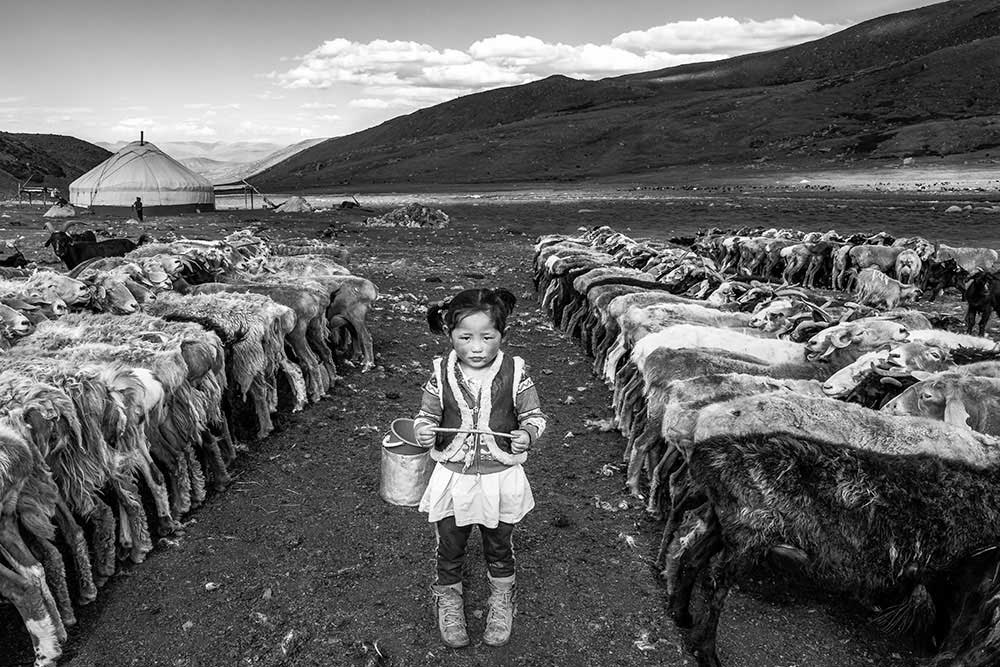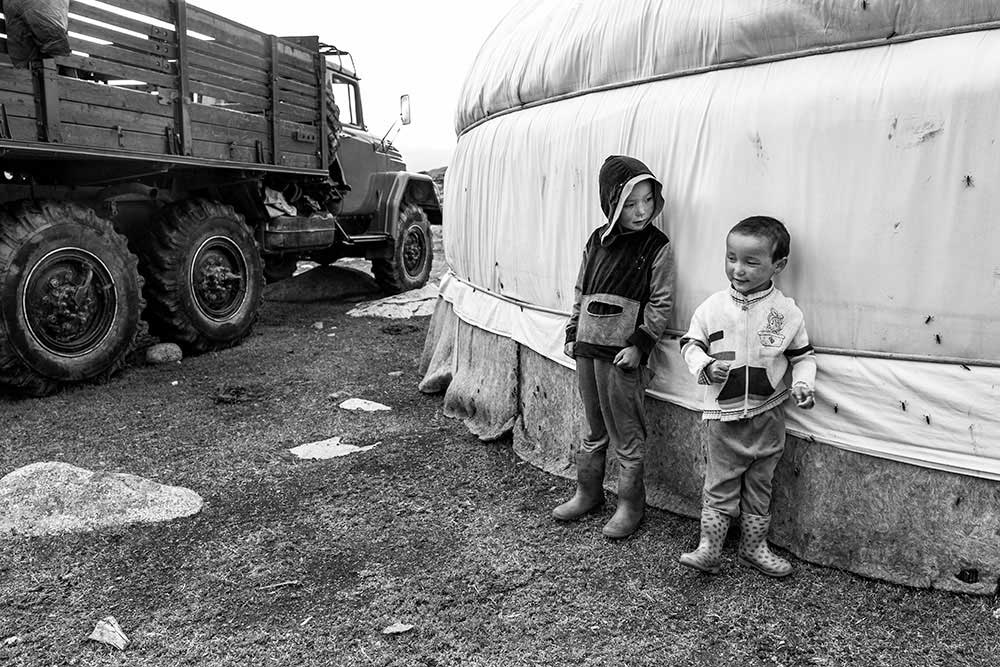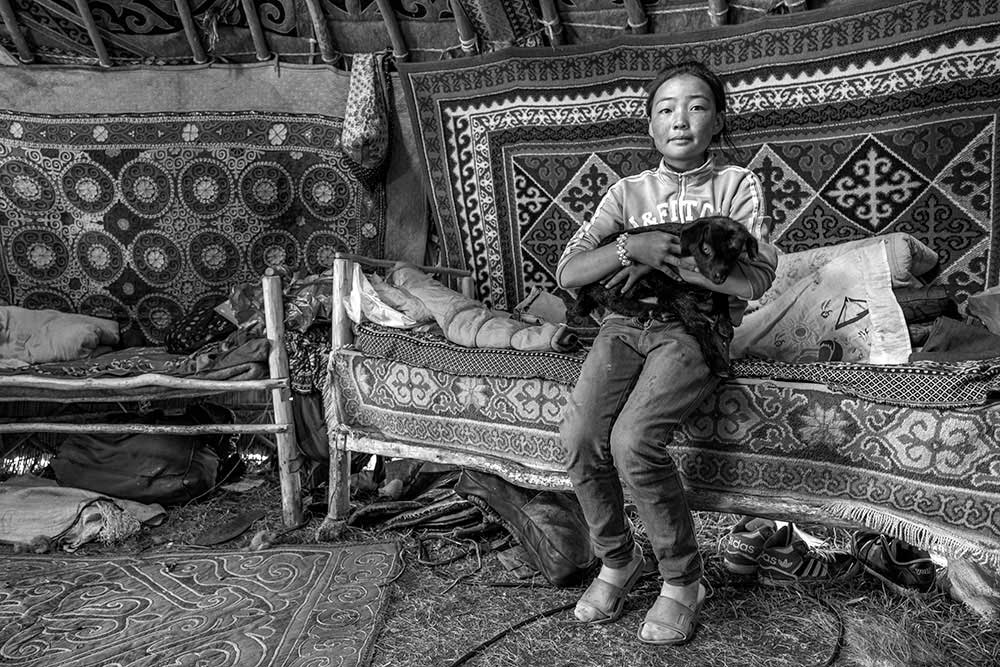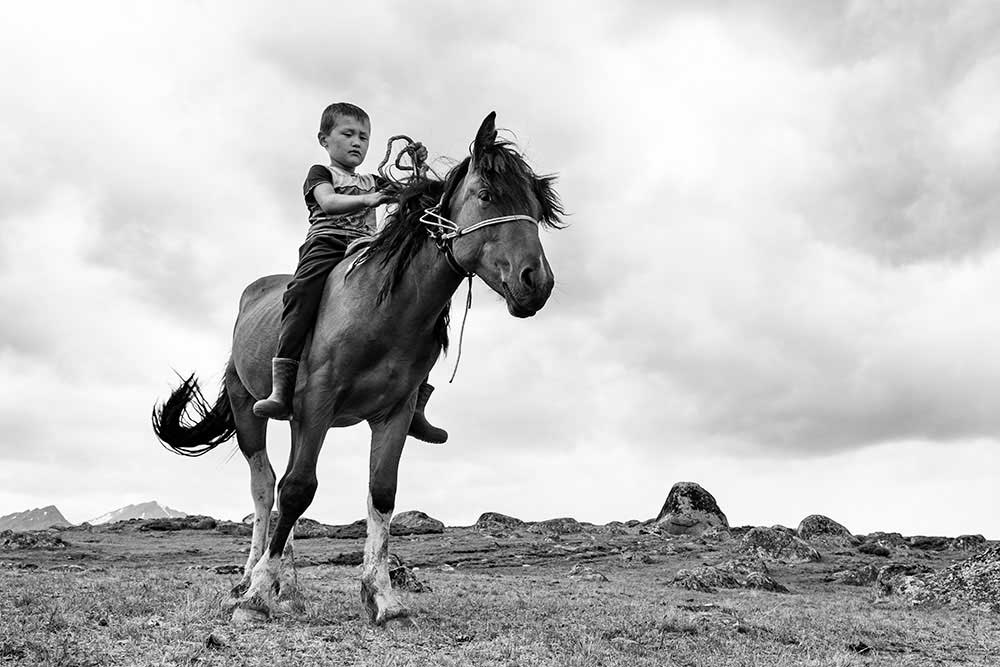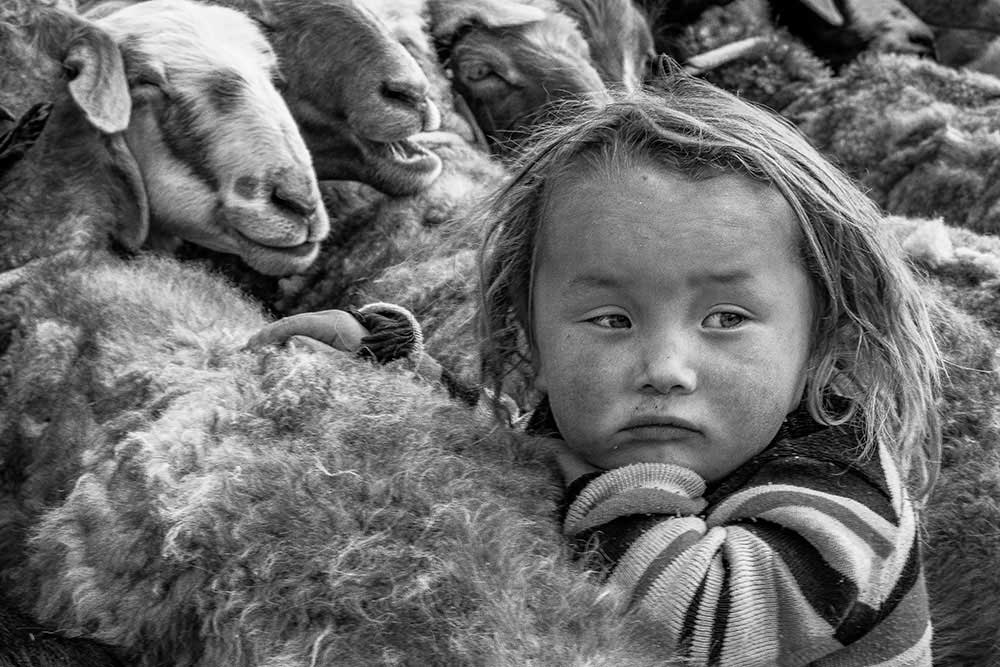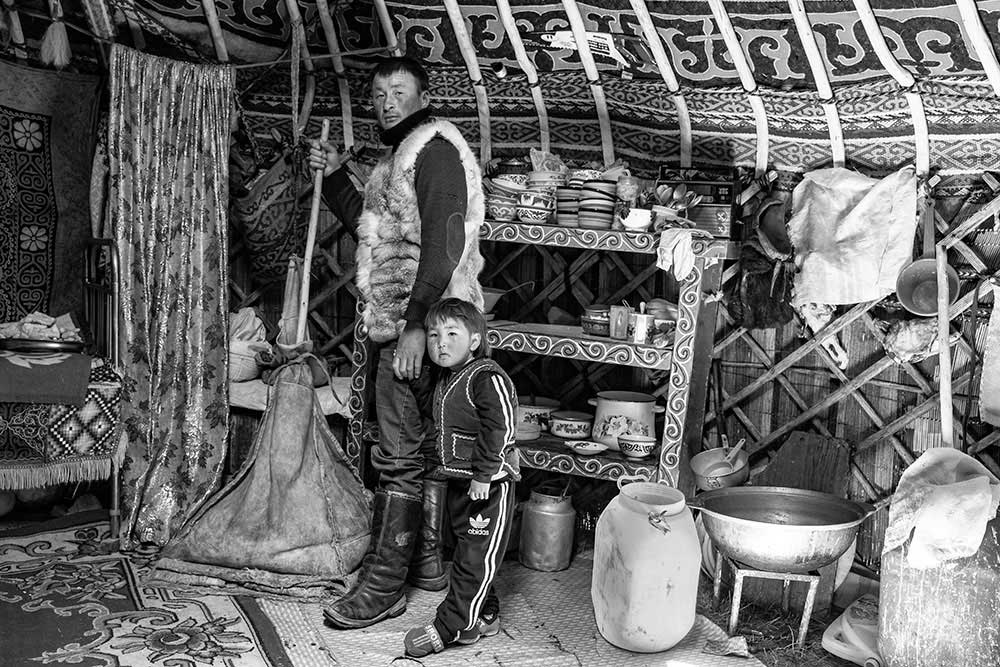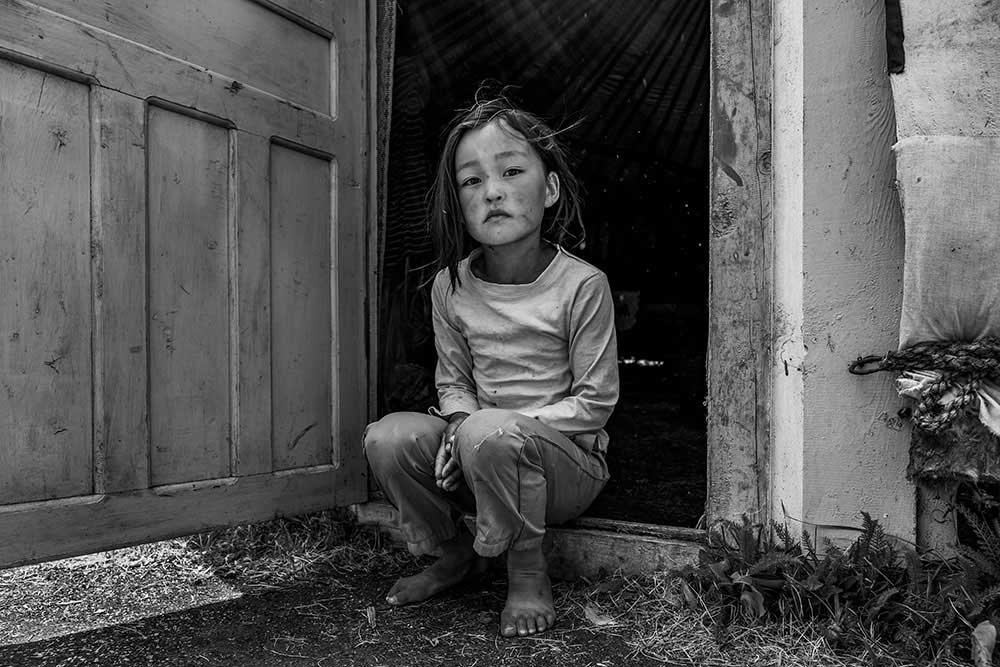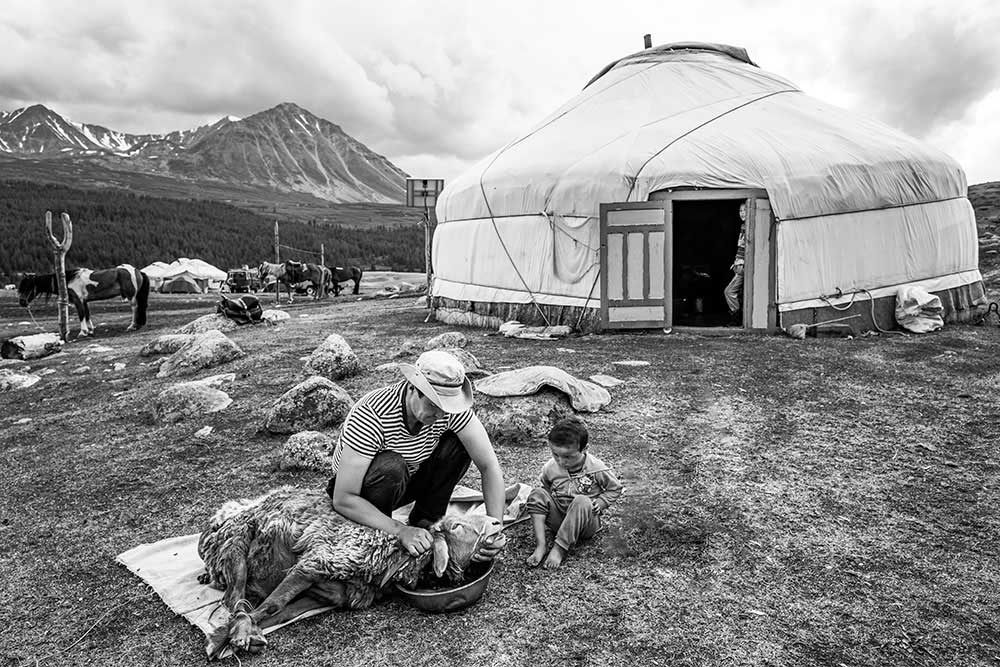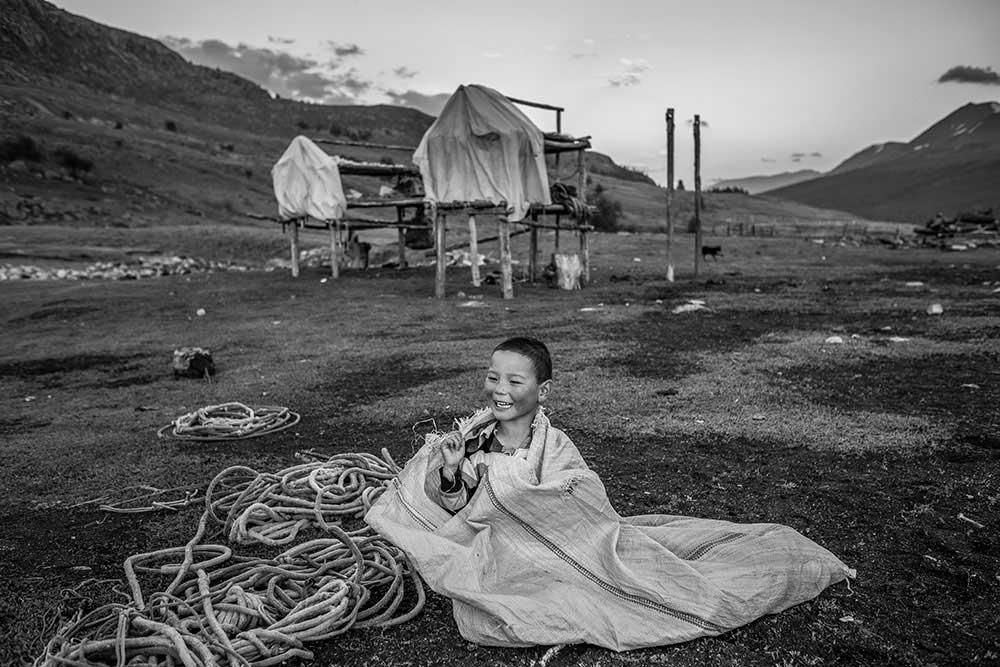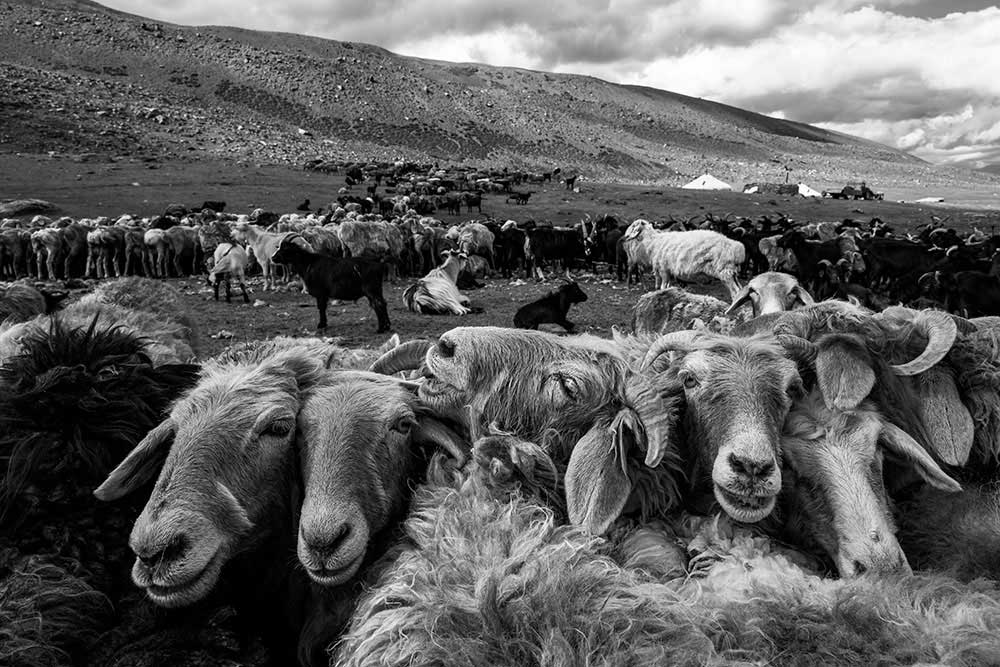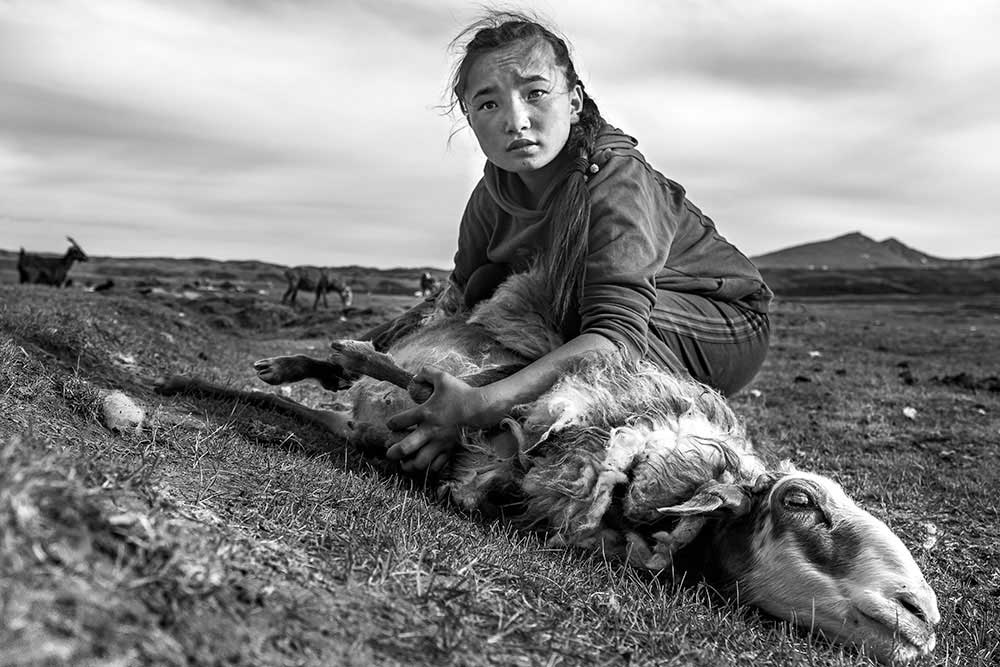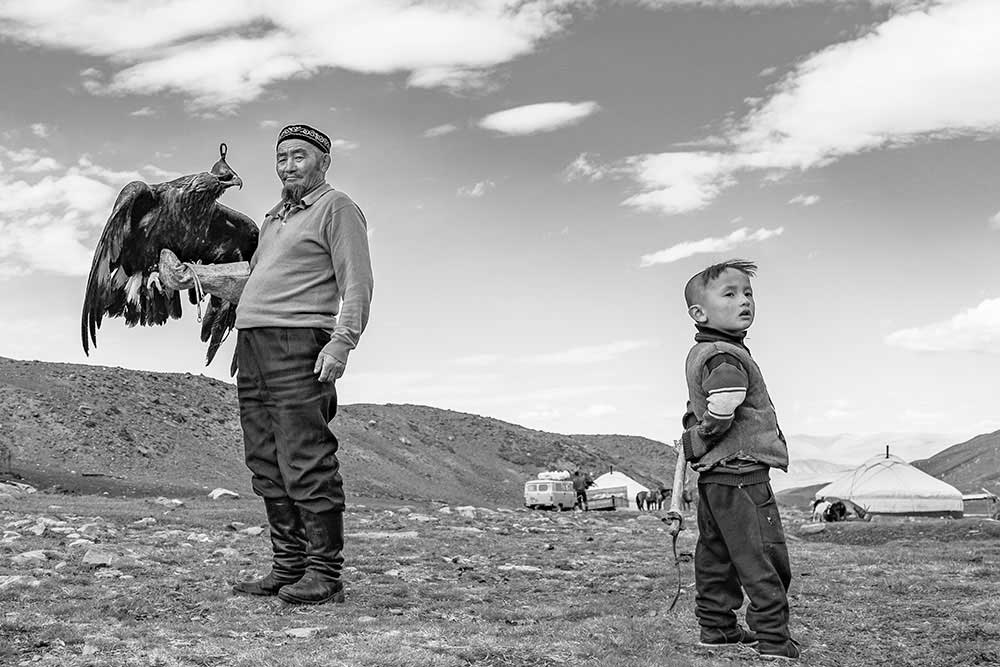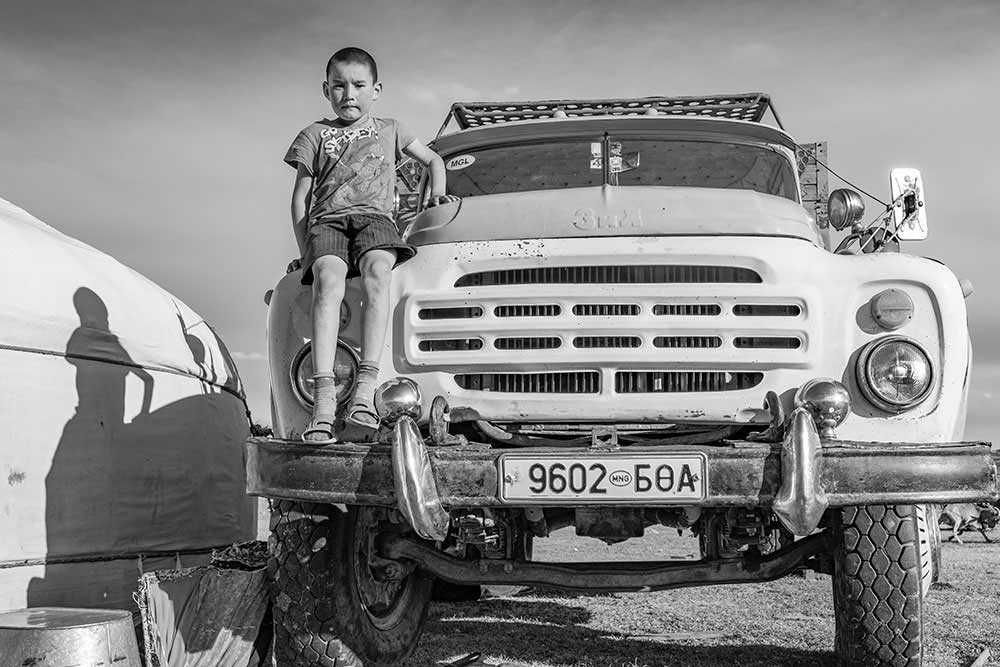For many years I have been traveling and documenting a wide variety of ethnic groups, often in out-of-the-way places worldwide, photographing people with strong ties to their distinctive cultures.
My aim in doing so is to illustrate that, despite the vast diversity we see in people around the world, in appearance, traditions, and norms, we nevertheless observe the strong common core values most of us share. I have found that there is no better place to see these commonalities than by observing children’s lives. Though the daily activities may vary quite dramatically from one part of the world to the next, children can thrive if provided with a nurturing caregiver and a safe place to play and explore. Focusing on children also allows me to observe how cultural norms are passed on from one generation to the next.
To capture these glimpses of children’s lives, I photograph subjects in their normal daily environment.
My images are primarily candid photos that try to capture a real moment, an interaction between family members or neighbors, a daily responsibility, or a religious ritual. My focus is on showing the world as it is, not as it was or as we would like it to be.
This series of images are of Kazakh children in Western Mongolia. The Kazakhs are a nomadic people who, after being chased out of Kazakhstan by the Russian Empire in the 19th century, settled in Mongolia. They have maintained a strong connection to the traditions they have practiced for generations, including seasonal migrations and their iconic practice of using eagles to hunt.
The Kazakhs migrate with their flocks to look for pasture as the seasons change. These images were taken at various isolated and remote locations, where an extended family has decided to spend the summer. To do so, they set up a «ger,» which is a large collapsible, circular tent supported by wooden sticks that will be home for the summer. For a visitor, getting to these «summer locations» is a challenge on its own.
After flying to Ulgii, the largest town in Western Mongolia, one drives what seems like forever on non-existent roads in an old Russian vehicle that appears able to traverse any terrain. Describing the rides as bumpy does not begin to capture the experience. The landscape is magnificent in an eerie way; miles and miles of arid plains surrounded by the Altai mountain range, broken up by tiny bits of greenery in spots adjacent to a beautiful glacial river. As I was experiencing the bone-shaking rides in our vehicle, I could only imagine the hardship of walking 100-150 [miles or km, choose one] km (depending on the detours the animals take) thru these terrains every season.
Once there, it does not take long to realize how much work is involved in this lifestyle. From sunrise to sunset, there is something to do, and everyone gets involved. Kazakh families are typically large, and children happily take part in the chores starting at a very young age. Attending the animals, chopping wood, making cheese are a few of the tasks that need to be done every day, though, naturally, there is always time to play. And one could swear that the children learn to ride a horse before they learn to walk, so strong is the bond with this animal for the Kazakhs. Of course, there also is that eagle hunting. Kazakhs use eagles to hunt for rabbits, marmots, foxes, and, if very lucky, wild wolves.
The animals are used for food, but more importantly, their furs help keep the Kazakhs warm through the long winter, which is when the hunting takes place. During that season, the ubiquitous white snow makes it harder for the prey to hide from the eagle with its notoriously good vision. But even in summer, the eagles have to be tended to keep them healthy for their working season in the coming months.
About France Leclerc
France Leclerc, born in Quebec, Canada, is an independent photographer who currently lives in Chicago. Her early career was in academia, teaching at MIT and the University of Chicago, but in 2005 she decided to make a change to pursue her passion for documentary photography. Although this may seem like an unlikely change of focus, the curiosity and hunger for learning that had motivated her academic research did not vanish. France now uses photography as a vehicle to understand and help depict issues that puzzle her and satisfy her passion for learning. Among her most prominent themes are culture (especially ancient ones), gender, and poverty. Her images have won numerous awards, including being a finalist in the prestigious Portrait of Humanity Award. [Official Website]



